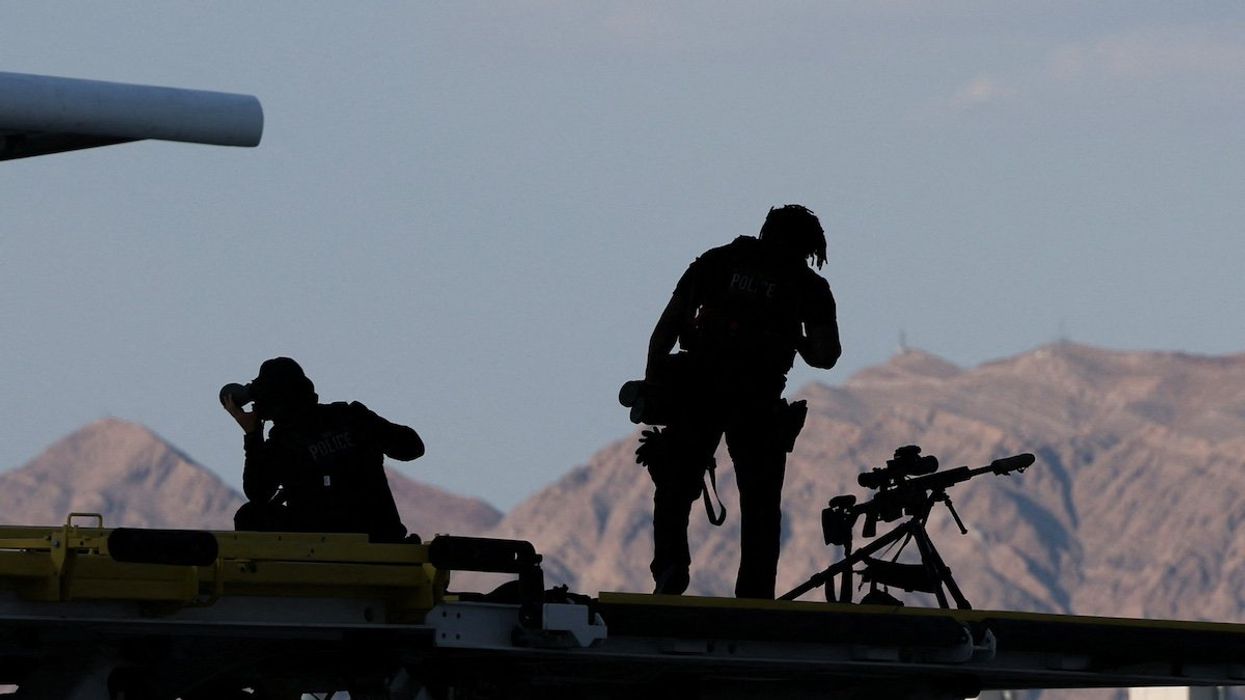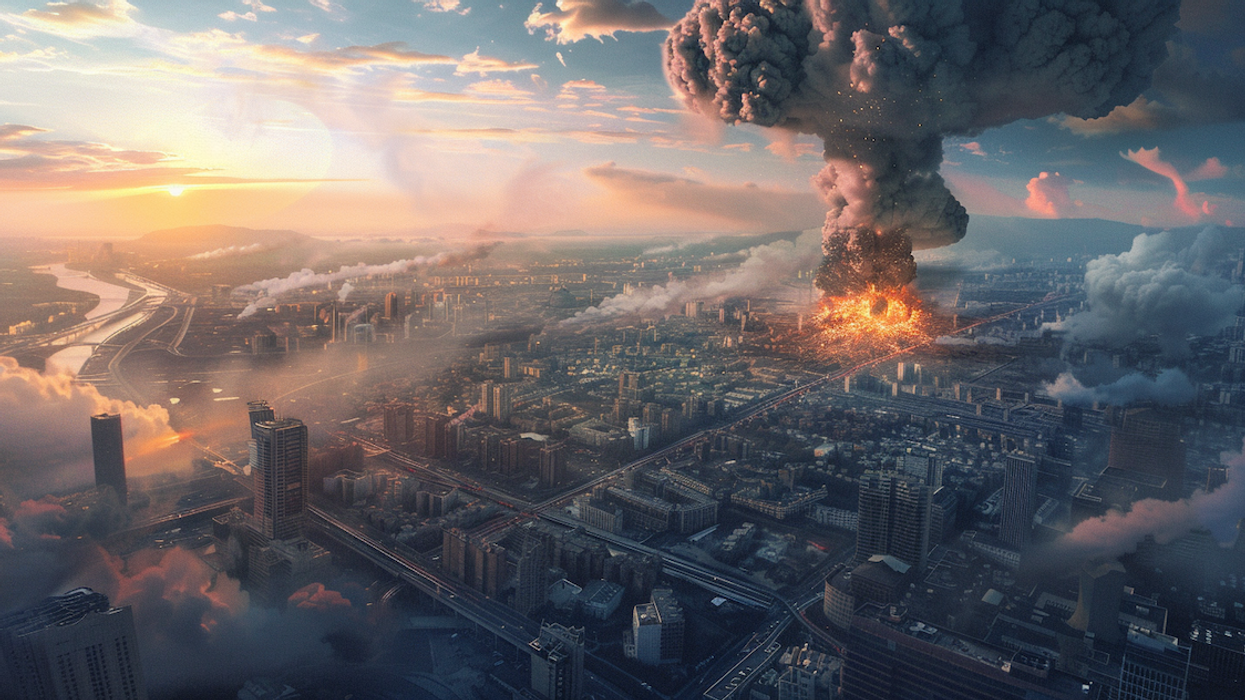What We're Watching
DHS to probe Secret Service over Trump shooting
On Wednesday, the Department of Homeland Security’s inspector general announced it was investigating the Secret Service’s handling of the assassination attempt on Donald Trump.
Jul 17, 2024


